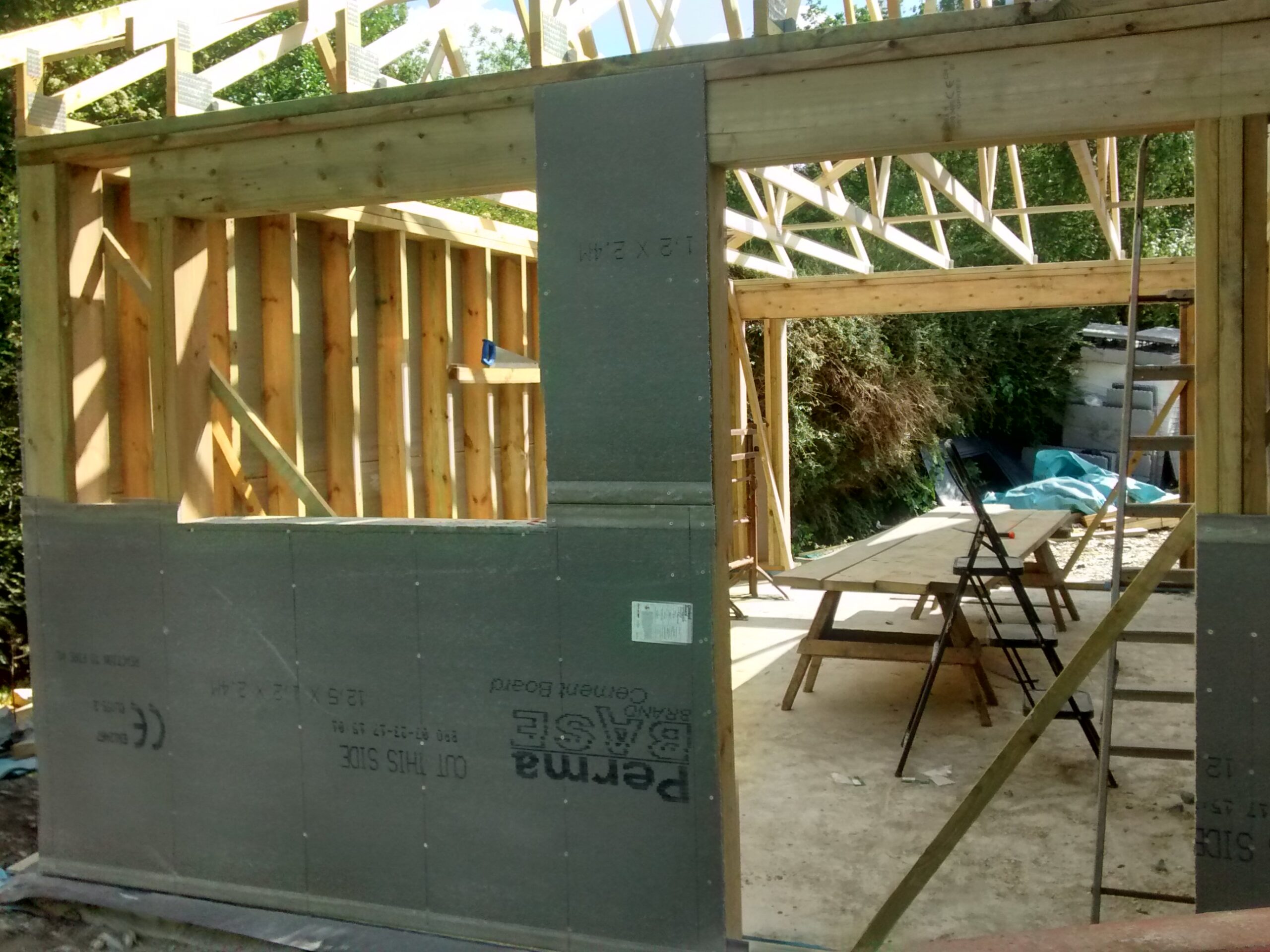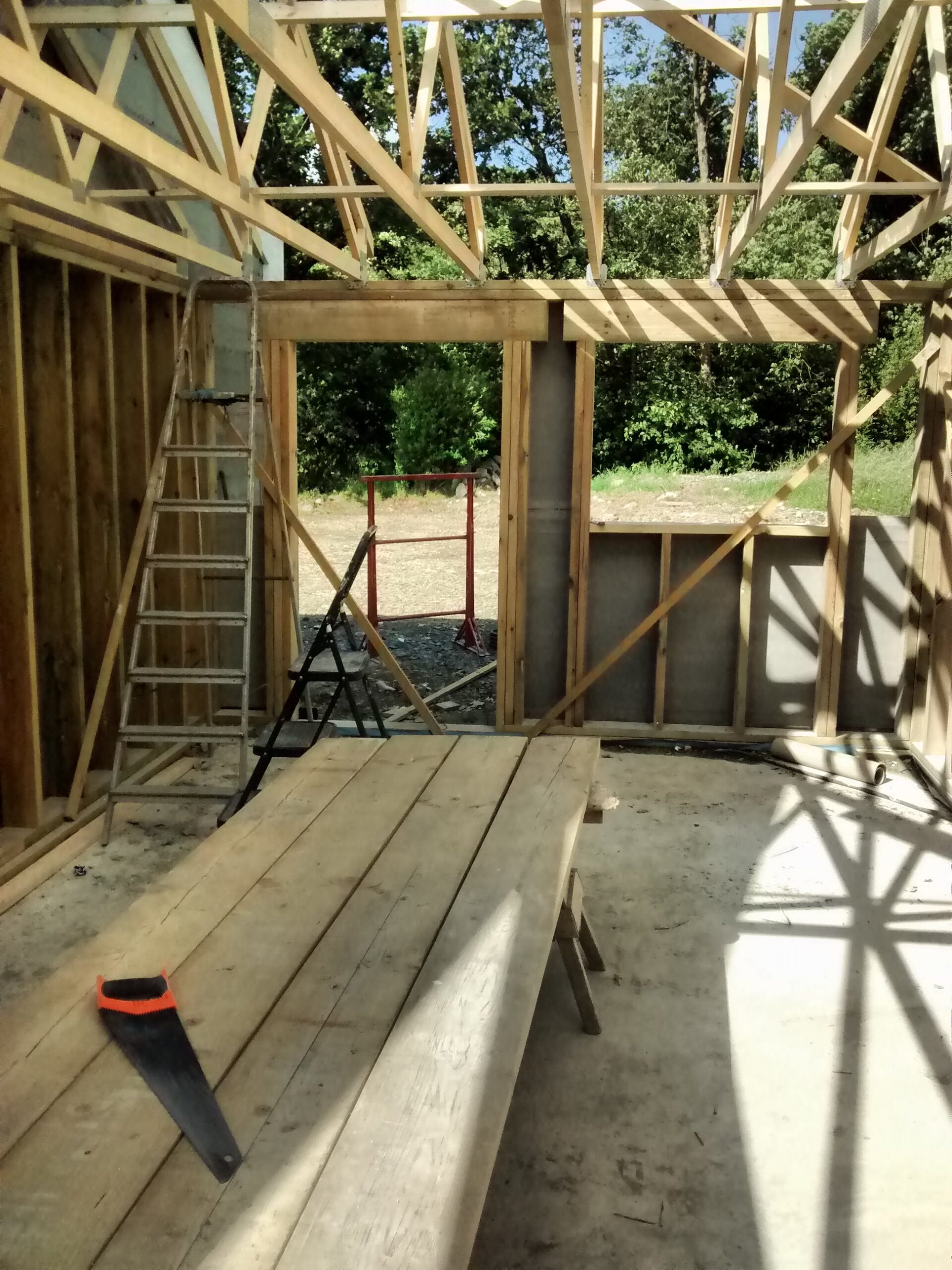In a bid to educate myself on the UK Government’s approach to decarbonising UK housing, I spent some time this week reading Housing and Net Zero, a research briefing produced by the House of Commons library in July 2024 (1). Here’s a synopsis.
The UK government has a legally binding target of reducing the UK’s net emissions by 100% by 2050 when compared to 1990 levels. This is known as the “net zero target.” As housing accounts for about a fifth of the UK’s emissions, the goal must be “near complete decarbonisation of the housing stock.” As heating is the main source of these emissions, decarbonisation strategies are focused on installing low carbon heating (like heat pumps), improving energy efficiency (by, for example, fitting insulation), and installing renewable energy systems.
The government’s Heat and Buildings Strategy (October 2021) set out its strategies for meeting the net zero target:
- Work to lower the cost of heat pumps (significantly more expensive than gas boilers) and deploy 600,000 heat pumps by 2028
- Phase out the installation of natural gas boilers in England by 2035
- Aim for EPC band C for “as many homes as possible” by 2035 (according to the Strategy, around 60% of UK homes had an EPC rating below band C in 2021)*
(In 2023 these targets were adjusted with several timelines being extended).
The government also said it would introduce a Future Homes Standard by 2025.
Alongside these given targets, the government has introduced a number of grants and loans in order to incentivise homeowners to adapt their houses and has also relaxed some planning rules to make the installation of heat pumps and solar panels easier.
Housing and climate bodies (such as the Climate Change Committee [CCC], the Environment Audit Committee, and the Green Building Council) have raised concerns about the Heat and Buildings Strategy suggesting the pace is too slow and the approach too piecemeal. Julie Hirigoyen (Chief Exec, Green Building Council) describes the strategy as “baby steps” when what is needed is “giant leaps” (2). In its July 2024 summary of the CCC’s assessment of Government progress in reducing emissions in line with its targets, the CCC set out 10 priority actions for the remainder of 2024. These include removing planning barriers for heat pumps and introducing a comprehensive programme for decarbonisation of public sector buildings (3). An alternative vision for reaching net zero within housing is set out in the Green Building Council’s Whole Life Carbon Roadmap for the built environment.
- https://researchbriefings.files.parliament.uk/documents/CBP-8830/CBP-8830.pdf
- https://ukgbc.org/wp-content/uploads/2022/12/Government-Policy-Scorecard-Decarbonising-the-Built-Environment-December-22.pdf
- https://www.theccc.org.uk/uk-action-on-climate-change/progress-snapshot/
- EPCs are Energy Performance Certificates and are currently the government’s preferred method of evaluating the energy efficiency of a building. Band A is the most efficient and band G the least. The assessment is carried out by a qualified assessor and is based on the Standard Assessment Procedure (SAP) which looks at materials used, levels of insulation, and types of heating, as well as hot water and energy sources. The CCC has raised several concerns about whether the EPC is fit for purpose and there are currently a number of proposed reforms including replacing the SAP with a new methodology, the HEM (Home Energy Model).







Leave a Reply